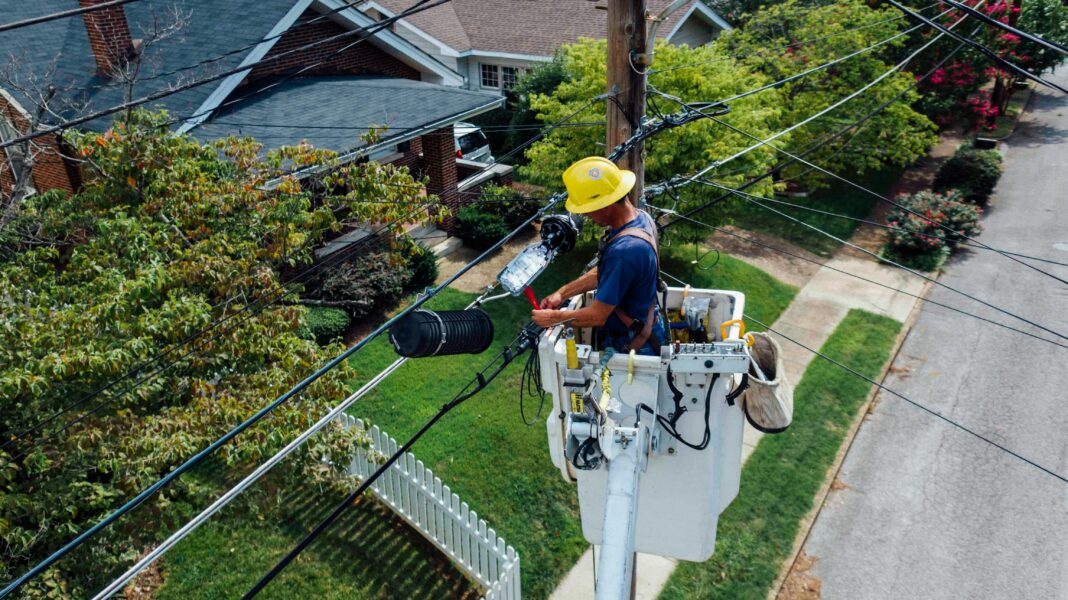A utility survey is an essential process used to identify the location and depth of underground pipes, cables, drains and other utilities within a specified area. Utility surveys provide crucial information to anyone planning excavation works or construction projects, helping to avoid potential damage to existing underground services. In this article, we’ll explore what utility surveys involve and who commonly needs them carried out.
What Does a Utility Survey Do?
The aim of a utility survey is to map out any existing underground utilities on a site or piece of land. This includes assets like:
- Electricity cables
- Gas mains pipes
- Water mains pipes
- Telecommunication and internet cables
- Sewer drainage pipes and culverts
By accurately locating these buried utilities, excavation work, construction projects and ground penetration can be carefully designed. Workers can dig safely, avoiding injury and preventing expensive damage to existing infrastructure underground.
Utility surveys are non-destructive. Common survey methods include electromagnetic detection, ground penetrating radar (GPR surveys), and vacuum excavation. These can detect utilities buried under concrete, tarmac, pavements, grass and more. The result is a detailed map of all underground services.
Who Needs a Utility Survey?
There are many sectors that require utility surveys before progressing with projects:
Construction Industry
Prior to any building work, demolition, excavation or piling, a utility survey must be completed by a company like csw-surveys.co.uk. This is vital to keep workers safe and avoid disrupting local power, gas and water supplies. All buried pipes and cables on and around the construction site need to be accurately mapped.
Highways Maintenance
To repair roads, pavements, bridges and highways, local authorities and contractors need to know the location of utilities underneath the surface. This includes cables, pipework and drains buried beneath tarmac and concrete. Detailed utility mapping minimises roadworks disruption.
Land Developers
Property developers transforming greenfield sites or redeveloping brownfield land require utility surveys before work starts. Surveys reveal what underground infrastructure is already in place before any groundwork begins. This allows new services to be designed and built accounting for existing utilities.
Renewable Energy Installers
When installing renewable energy systems like wind turbines, solar farms and heat pumps, buried utilities need to be avoided. A utility survey provides installers with an underground map of any electricity cables, gas mains and more.
Rail Network Owners
Rail networks have a vast amount of utilities buried around tracks, stations, bridges and tunnels. To safely maintain assets and upgrade lines, extensive utility mapping is needed to avoid damaging existing services.
Homeowners
Homeowners planning substantial garden landscaping, extensions or other excavation work should consider a utility survey. This will check for any cables, pipes or drains around the work area that could easily be damaged accidentally.
As you can see, accurate utility surveys provide vital mapped data on underground services. They enable anyone planning excavation work or ground penetration to proceed safely and minimise disruption. Talk to a professional survey company to find out more about utility mapping if you are about to embark on a development project.
